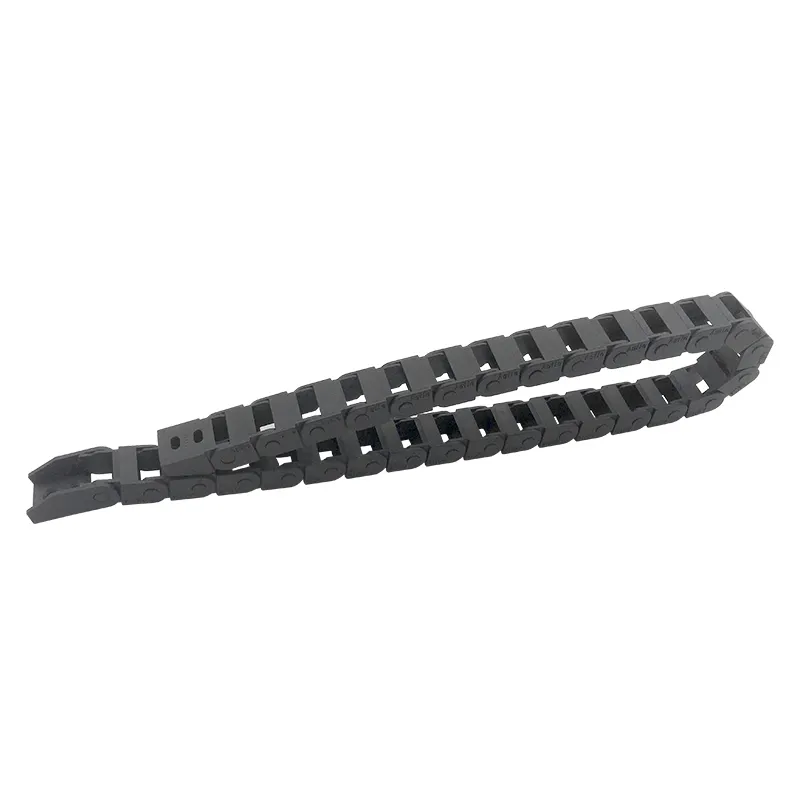cable & hose carriers
The Importance of Cable and Hose Carriers in Modern Industries
Cable and hose carriers, often referred to as cable tracks or drag chains, are vital components in modern industries that rely on mobility and automation. These systems are designed to guide and protect moving cables and hoses, ensuring smooth operation while minimizing wear and tear. In various industrial settings, from manufacturing plants to robotics applications, cable and hose carriers play an indispensable role.
Functionality and Benefits
The primary function of cable and hose carriers is to organize and manage the movement of cables and hoses that must be constantly moved or flexed. They come in various shapes and materials, tailored to specific applications. By enclosing and guiding these elements, they prevent tangling, friction, and exposure to harsh environments, which can lead to damage and failure.
One of the key benefits of using cable and hose carriers is the enhancement of safety in the workplace. In environments where heavy machinery operates, loose cables can pose significant risks, including tripping hazards and equipment malfunctions. Cable carriers help ensure that these components are securely held in place, which contributes to a safer working atmosphere.
Moreover, cable carriers promote increased efficiency. In automated systems, where speed and accuracy are paramount, the smooth movement of cables and hoses is critical. Well-designed carriers can accommodate high speeds of movement and allow for extensive travel distances, making them suitable for various applications, including CNC machines, industrial robots, and assembly lines.
Materials and Customization
cable & hose carriers

Cable and hose carriers are made from a variety of materials, including plastic, steel, and aluminum. The choice of material depends on the specific requirements of the environment. For example, plastic carriers may be suitable for lighter applications with minimal exposure to heat, while steel carriers offer durability and resistance to harsh chemicals or extreme temperatures.
Customization is another essential aspect of cable and hose carriers. Many manufacturers provide options to tailor the size, length, and design of carriers to meet specific needs. This flexibility allows industries to optimize their systems, ensuring that the carriers fit seamlessly into their equipment and workflows.
Applications Across Industries
The applications for cable and hose carriers are vast and span multiple industries. In the automotive sector, they are utilized in assembly lines to manage electrical wiring and pneumatic hoses. In the aerospace industry, they provide solutions for aircraft manufacturing, where precision and reliability are critical. Additionally, industries such as food processing, pharmaceuticals, and telecommunications benefit from the organization and protection of critical systems that cable carriers provide.
Conclusion
In conclusion, cable and hose carriers are essential for optimizing the functionality and safety of industrial systems. Their ability to protect, organize, and streamline the movement of cables and hoses makes them a valuable investment for companies aiming to increase productivity and reduce operational risks. As industries continue to evolve with automation and advanced machinery, cable and hose carriers will remain a fundamental component in supporting these technological advancements.








